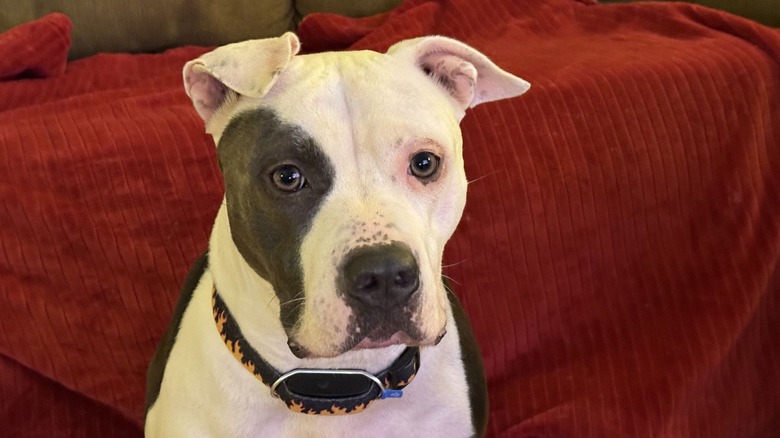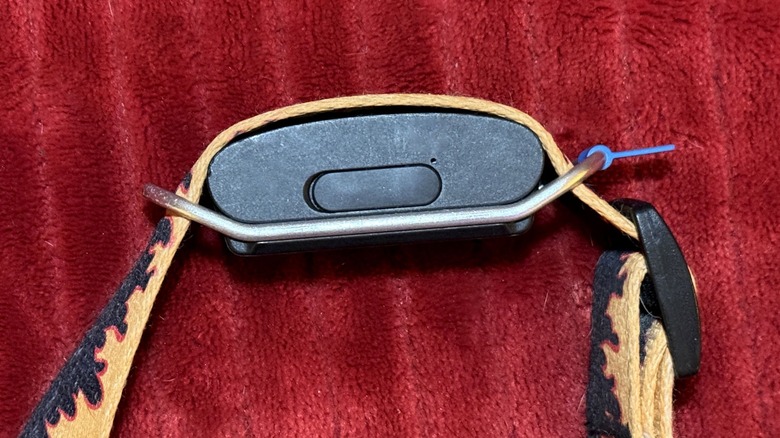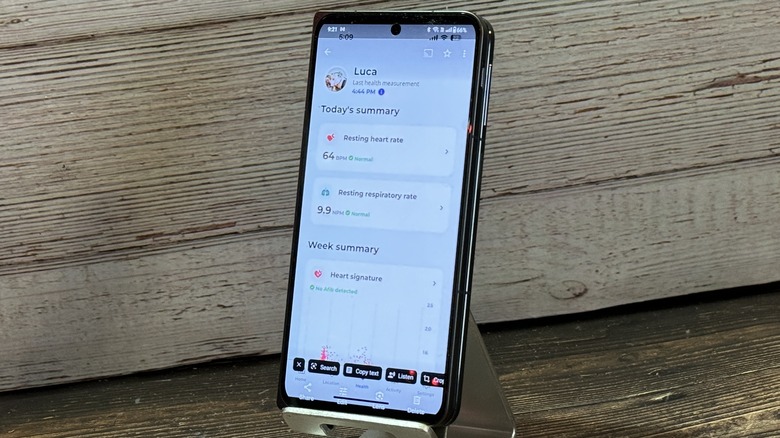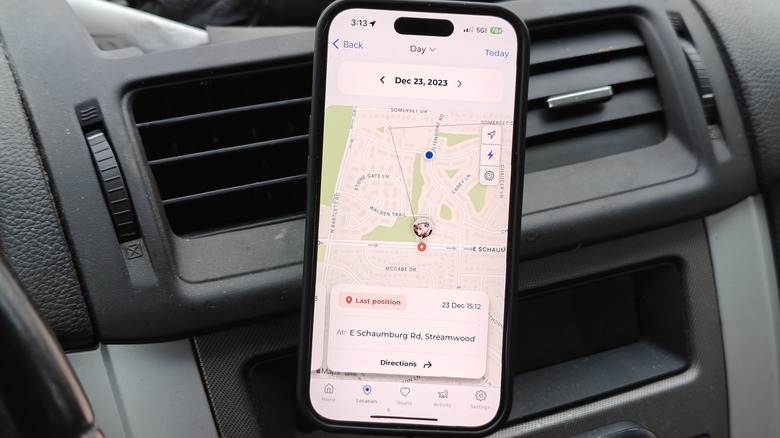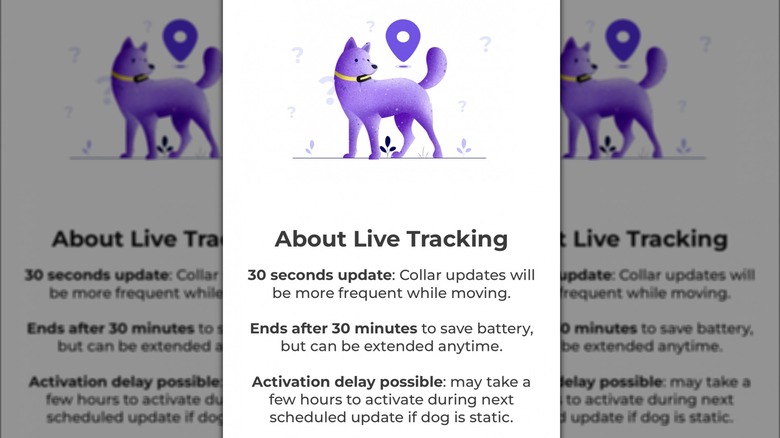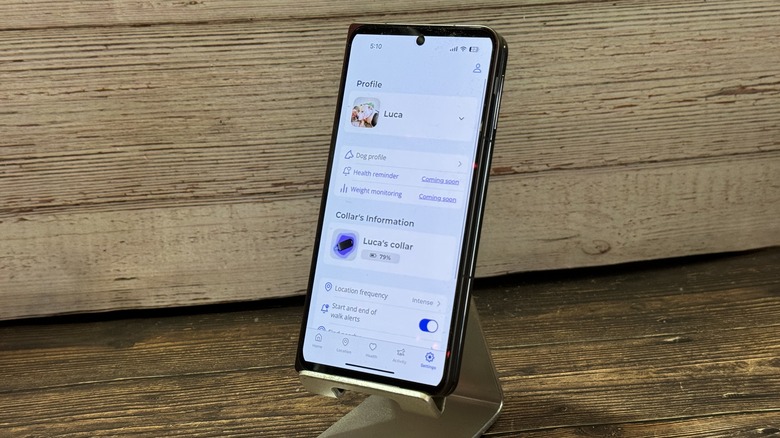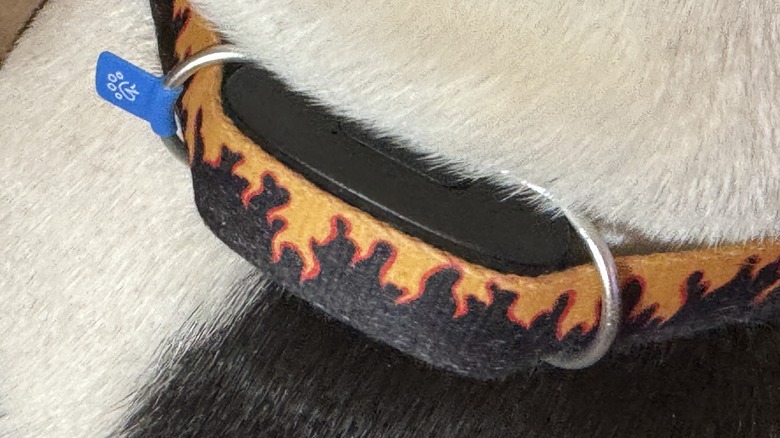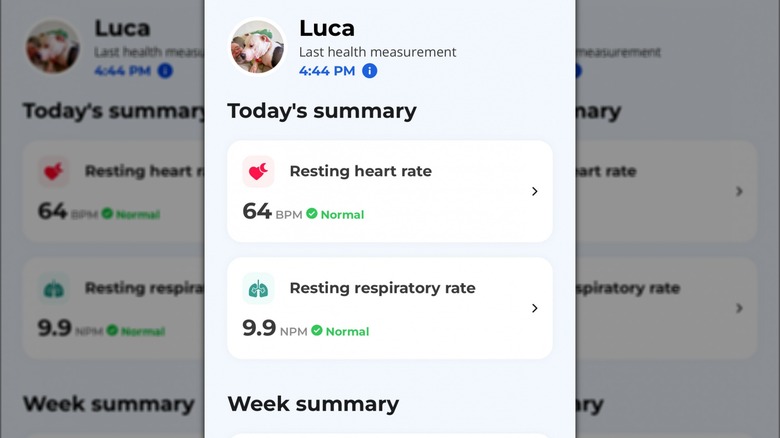Invoxia Minitailz Review: Shocking GPS Accuracy In A Smart Pet Tracker
- Attaches to any collar
- Health metrics from your dog
- Solid pricing
- Great tracking ability
- Only suitable for larger pets
- Activity tracking is inaccurate
- Subscription costs
- Subscription required for all functionality
There are two constant fears a pet owner lives with every day. You wonder how your dog is feeling at any given moment, and you wonder if/when your pet might escape out into the world, never to return. Invoxia is aiming to solve both of those very different problems with Minitailz. It's a wearable for your pet (but mostly for your larger dog) that can act as a sort of exercise tracker and GPS tag for Fido.
Announced at CES 2024, this is a follow-up to one of the first wearables you can get for your pet so you can tell how your puppy dog is feeling. GPS trackers for your pet are not new, but a wearable to track vital statistics is. Invoxia sent over a Minitailz device for the purposes of this review. Our reviewer's dog Luca was the test subject for the duration of the review.
Meant for bigger dogs
The Minitailz is anything but mini, measuring nearly 2 inches (50.5mm) wide by a little over 1 inch (30mm across,) by and just under 1 inch (23mm) deep. It attaches to your pet's collar with a metal band that you run the collar through. You can use either a silver metal band or a black one. While Invoxia's advertising shows the collar attachment on both dogs and cats, it's hard to imagine a small dog or cat getting along with this very well. If you have a dog the size of a cocker spaniel or bigger, you'll probably be ok. Smaller terriers and cats will work, but it may not be the most comfortable for them.
On one side is a power button with a single LED light and on the opposite side, under a rubber gasket, is the USB Type-C charging port. You won't need to charge the collar very often, roughly once every 10-14 days, give or take. All things considered, battery life is surprisingly good.
Tracking your dog's insides
Keeping in mind that wearables for pets are a relatively new field, this collar is good for tracking three things: your dog's heart rate, your dog's respiratory rate, and some amount of activity like walks and car rides — though not with a ton of accuracy on the latter. There's also an LTE-enabled GPS receiver in the collar that reports on the dog's location every four minutes and notifies you when the dog leaves a designated space — more on that later.
The Minitailz app uses generative AI to describe how your dog is doing, which is a smart implementation of AI tech. It's not trying to do too much. It's just presenting your dog's health metrics in an easily digestible way. Rather than saying "Your dog's average heart rate with 65 BPM" it makes it fancy by saying "His heart rate averaged 65 beats per minute, which is quite normal and nothing to be concerned about."
This report shows up on the home page in a section titled "My last report" but it would be nice to see previous reports as well. There doesn't seem to be an easy way to access those at the time this review was written.
Tracking your dog outside
When and if your dog escapes the confines of your yard, you will receive a notification within minutes, alerting you to the fact that your dog is no longer home. You may encounter a false positive every now and then, but if you increase the geofence around your house, that's easy to eliminate.
Once the dog escapes, you can jump into action, actively tracking your dog with these GPS pings every four minutes. If that's not good enough, you can enable Live tracking which fires up the LTE connection and reports back the dog's location every 30 seconds, giving you a much better idea of where your dog is and where they might be headed.
To test this, our reviewer had his daughter hop on her bike (with the device onboard) and gave her a five-minute head start. Using the pings from the GPS, he was able to track her down relatively quickly. Even giving her 10 and 20-minute headstarts yielded the same results. The location is accurate and shows your location on the map as well, which is also quite helpful.
Better than an Air Tag
Granted, a person on a bike is a lot more limited as to where they can go than a dog roaming the neighborhood, but our reviewer found the accuracy and frequency of updates to be remarkable. Even when the collar reported its position every four minutes, he was still able to narrow down its location very quickly, to a concerning degree.
The LTE-enabled dog tag is three or four times larger than an Air Tag, which has developed a reputation for stalking victims. While the MiniTailz attachment might be too large to slip into a person's bag without their knowledge, it could easily be attached to a car or even a larger backpack and go unnoticed.
It would be nice if Invoxia added an audio alert to the device so that, at least when active tracking is enabled, or the dog is outside the geofence, it would emit a sound. Dogs could even be taught to stop and sit when they hear the sound, adding another layer of pooch protection. As it currently exists, this is a pretty powerful tracking device that isn't difficult to imagine being used nefariously if it finds its way into the wrong hands.
Intuitive app
The software behind the Minitailz tracker is pretty easy to use. When you first pair the tracker to the app, you can input your dog's name, weight, date of birth, and breed. You can even enter multiple breeds if necessary. Once done, the tracker goes to work, keeping an eye on your dog's respiration, heart rate, and activity level. The tracker even manages to keep track of certain activities such as going for a car ride or going for a walk.
Unfortunately, this is a bit of an Achilles heel for the tracker since the tracker tends to completely misidentify something like jumping up onto the couch as "going for a ride" or playing tug of war with "going for a walk." This is particularly maddening since, as a GPS tracker, the collar should know that my dog hasn't left the house, nor is he traveling at 30 miles per hour. You can turn off activities, especially in this case since they're woefully inaccurate.
When asked about this, Invoxia suggested performing an update — which certainly cut down on the false positives — but didn't eliminate them.
Additionally, more data fields will be recorded in the future. Under the activity tab, there are fields for Being petted, Playing, Eating, Drinking, and Barking, but they're all labeled as "Beta" and they were also not accurate at all. Most of the fields, including eating, drinking water, and barking, showed zero minutes when it could be readily assured that Luca did and does all of those things quite frequently.
Watching your pet's health
In terms of health metrics, as with fitness trackers designed for people, the most important aspect that the tracker allows you to do is watch for trends. It may not be important what your dog's heart rate is at any given moment, but it can be important to watch for trends. If your dog's heart rate suddenly drops and stays low for an extended time, that's something that you should bring to the attention of your vet.
To that end, you can export a report that you can give to your vet to show these metrics as they appear over time. The report is generated as a PDF directly on your phone, so it's easy to view and share as needed.
It's important to note that this collar should not replace veterinary care in any way. Yes, the data can be valuable, especially when trying to diagnose something that may be wrong, but please don't assume that just because you can see your dog's heart rate, everything is perfectly fine.
Minitailz Pet Tracker final verdict
This is a great addition to your dog's collar—as long as it's a bigger-sized dog. Luca didn't mind the addition and paid it no mind. You can get a lot of data about your dog, but it is of questionable usefulness. The health metrics are good to have, but the activity tracking seems to be still in the very early stages of development. The use of AI in generating the reports is a very nice touch.
But the money here is in the location tracking which is fast, accurate, and very useful if your pooch likes to explore the great outdoors. There is a price to be paid — the collar attachment retails for $99 on Invoxia's website and there's a subscription fee which starts at $8.30 per month. That makes sense because Invoxia not only has to implement radios for LTE communication but also has to pay for the airwaves — but make sure you understand that none of this (health metrics included) works without the subscription fee.
So overall, this is a win, but with some pretty big caveats. The subscription might be off-putting for some, which is understandable. If you don't need to track your dog, it seems wasteful, but when and if your pup slips through a gap in the fence, you'll be thankful you had it. Otherwise, the device can give you insight into how your pet is feeling overall, and that alone can help give you peace of mind.
